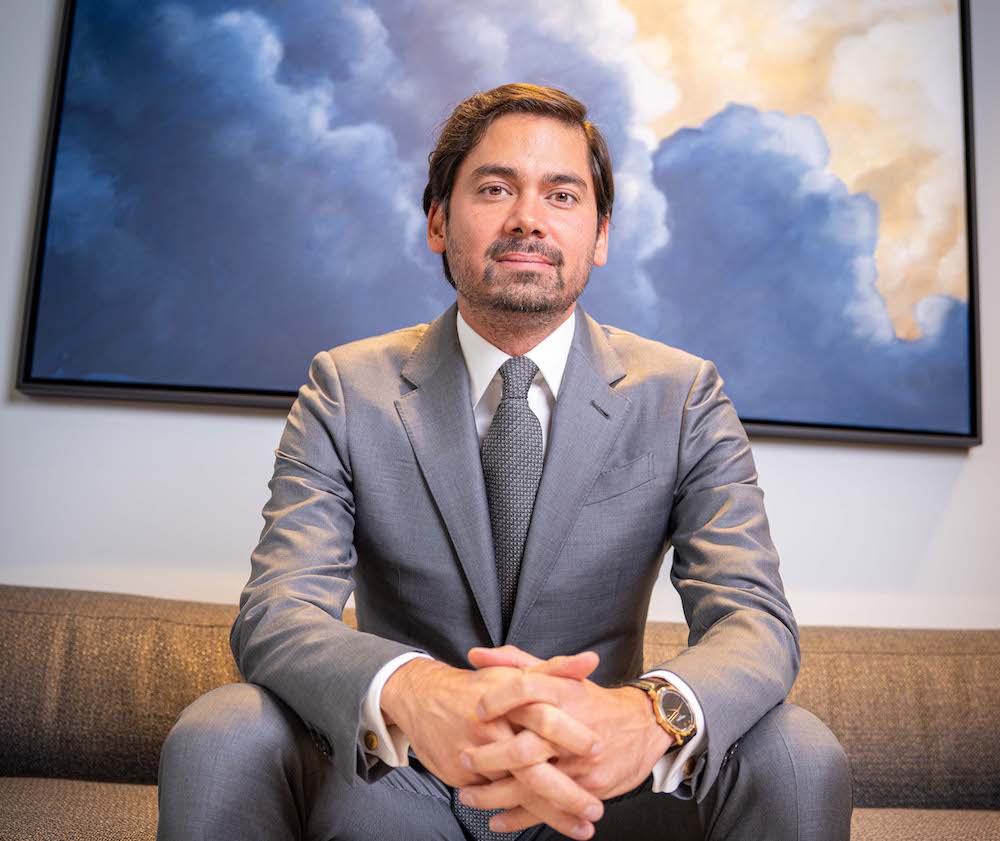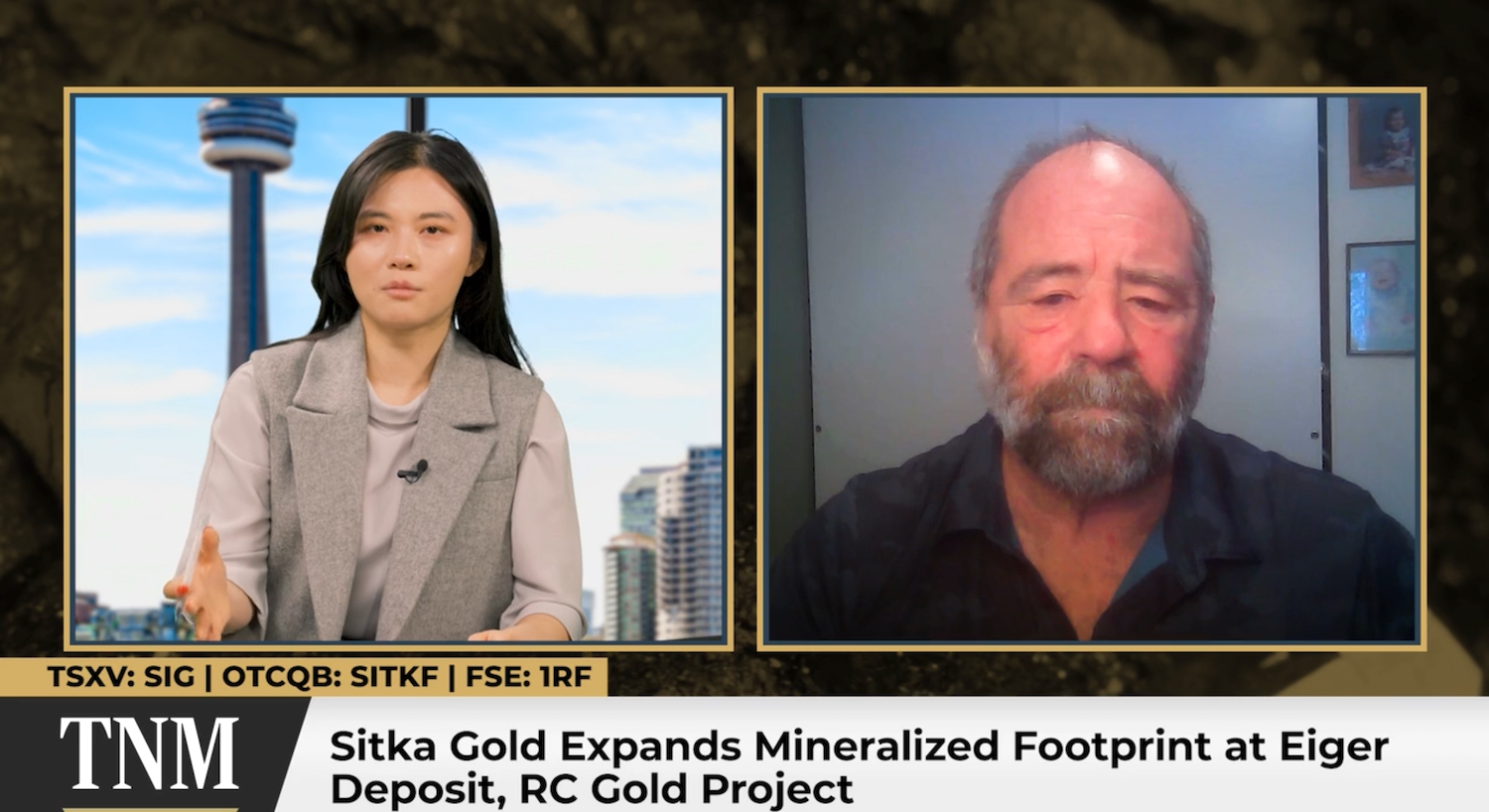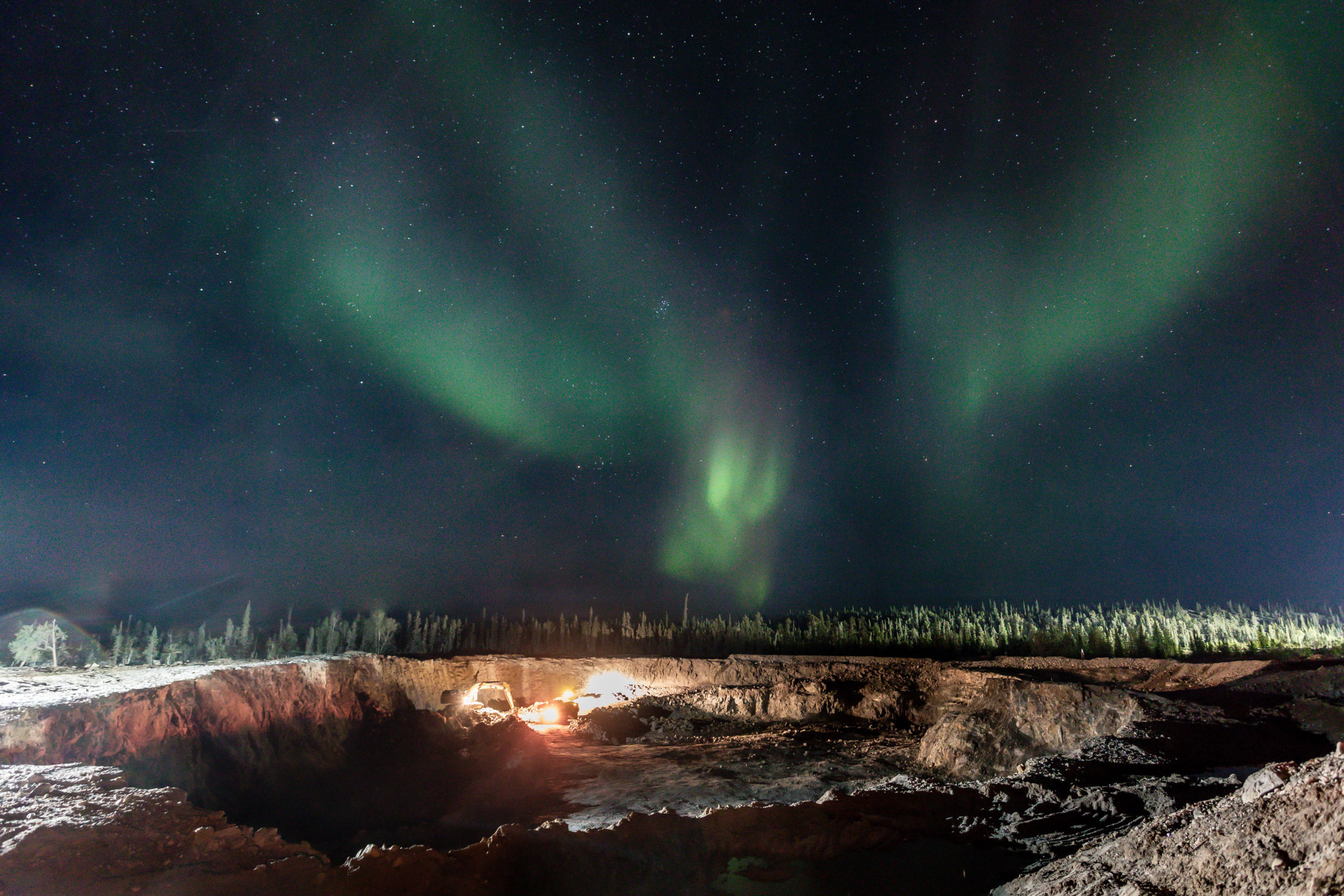But far from being mining’s saviour, the amount of private equity investment in mining has since fizzled, Scherb told The Northern Miner in early July.
“If you compare it to even oil and gas where there are hundreds of general partners or private equity funds, there just isn’t that number in mining. The barriers to entry are very high. So there has not been a huge influx of capital into our sector — if anything, you’ve seen players disappear.”
Scherb says the reason is that PE investors have made mistakes around analyzing permitting, political, infrastructure and other risks.
“Mining is a sector where you have to get many things right. So it’s not just the technical issues, you’ve got the financial, the software, the ESG, all of those need to come together. And if you get one of those wrong, then through the entire chain, you’re likely to lose money — and obviously if you lose money in a fund for investors it’s tough for you to get money for the second fund.”
The result is a continuing dearth of capital available for mining, even as analysts sound the alarm on the coming supply deficits in copper, lithium and other metals expected to power the energy transition.
“I’ve never seen a sector as crucial to society (that’s) as inefficient as this sector,” Scherb says. “Part of that inefficiency is the availability of capital. It’s just not cut out to meet these sudden demand shocks like what we’re seeing on energy transition.”
Scherb says there is some money coming into the space now, but he refers to it as “beta-chasing capital,” explaining the investment rationale as, “‘I like the energy transition thesis, but I’m going to go buy a share of Freeport and that’s my copper exposure,’” he says.
“You’re not seeing more private capital, long-term capital, and that’s really what the space needs.”
Ramping up investment
With over US$2 billion in funds to deploy and US$3.6 billion in assets under management, Appian plans to be “one of the most active investors in the metals and mining space over the next few years.”
This year alone, Appian has made two zinc acquisitions, including a joint venture with Osisko Metals (TSXV: OM) in May, that will see it earn up to 60% in the Pine Point zinc-lead project in the Northwest Territories in return for a $100-million investment. The other was the purchase in June of the Rosh Pinah zinc mine in Namibia from Trevali Mining, which filed for creditor protection last year. The purchases follow an April 2022 $85-million credit finance agreement with Western Resources‘ (TSX: WRX) subsidiary Western Potash, which is advancing its Milestone project in Saskatchewan toward production later this year.
The deals target commodities that are critical to society over the medium to long term, but will see structural shortages, Scherb says.
“That goes for anything from tin, which is a soldering agent for microchips and obviously that’s a big geopolitical issue at the moment, to potash, where Russia controls 43% of the world’s supply with Belarus — so Canada is a very interesting destination for us to be investing into,” he explains.
Scherb says Appian, which now has three offices in Canada after opening its latest location in Vancouver last March, is keen on further investment in Canada.
In general, Appian looks for advanced projects that the team believes it can bring into production and sell within three to five years. “We invest on average around one to three years before production, and we then accelerate those mines into production.”
Its most recent sale brought in US$1 billion for two assets it had acquired in Brazil in 2018 — one out of bankruptcy (Atlantic Nickel for its Santa Rita mine) and the other a greenfield copper-gold asset purchased from Mineracao Vale Verde that Appian developed itself (the Serrote mine). The sale of the two assets plus a gold royalty on Serrote for US$65 million to ACG Corp. came just two weeks before the Rosh Pinah acquisition closed.
“We’ve now built nine mines into production in the last six years,” Scherb says. “The mines that we sold in Brazil will be our 10th, 11th and 12th sales exits, so a real strong track record both of building but also of selling to groups who are the logical long-term owners of projects.”
The deal with ACG also highlights one potential new source of capital — downstream companies that need to lock down metals supplies for production. ACG made the acquisition with the help of cornerstone investors including two automakers — Volkswagen and Stellantis.
“You will see this rise of alternative sources of financing led by groups that are downstream that really need that security of supply,” Scherb said.
Geopolitics is also influencing where Appian is likely to invest, with the “safe-shoring” trend gathering strength as jurisdictions like the United States restrict materials from unfriendly nations and incentivize local production.
“Where I think the (U.S.) Inflation Reduction Act is interesting is around the downstream. For example, we have a graphite mine in Brazil (Graphcoa) that will be in production very soon.”
Scherb says the company’s location studies for a downstream facility indicate the U.S. is the best place for a plant. “Now that wasn’t the answer a year ago or two years ago, but because of that government support, that’s where you’re going to see a lot of downstream activity moving to.”
Deal structure
While Appian does a variety of types of deals, including equity, credit, debt, royalties and streams, its recent experience with Harte Gold has it leaning away from minority stakes in companies. Harte entered creditor protection in late 2021, two years after achieving first production at its Sugar Zone underground mine near White River, Ont. All told, Appian put $100 million in the junior since 2016, including debt, equity and royalty investments.
When Harte was bought by Australia’s Silver Lake Resources (ASX: SLR) last year, Appian received US$22 million for its 2% NSR royalty (compared to the December 2019 purchase price of US$9.5 million) and a $33.4-million repayment of subordinated debt (a 15% premium to its July 2020 investment of US$28 million). But it didn’t fare as well on its equity.
“I think the key lesson learned there is that private equity just simply isn’t the best investor to be taking shares in a public company,” Scherb said. “It’s better to be at the asset level.”
Scherb flags the Pine Point joint venture with Osisko as the type of deal that the Canadian market will see more of in future, with an earn-in investment at the asset level instead of in the company’s equity.
“It’s actually less dilutive for public equity shareholders and the management team, and is a fully funded solution at the asset level so they can focus on delivering that mine into production.”



